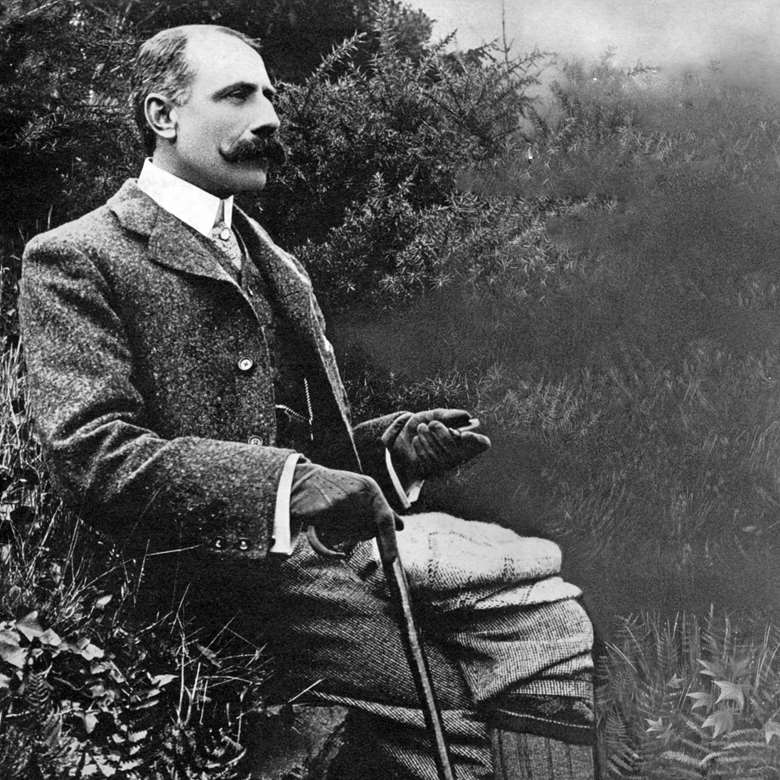Elgar the Outsider
Andrew Farach-Colton
Wednesday, February 24, 2016
The composer’s Edwardian image has blinded generations to the loneliness and beauty in his music, says Andrew Farach-Colton

Register now to continue reading
Thanks for exploring the Gramophone website. Sign up for a free account today to enjoy the following benefits:
- Free access to 3 subscriber-only articles per month
- Unlimited access to our news, podcasts and awards pages
- Free weekly email newsletter








